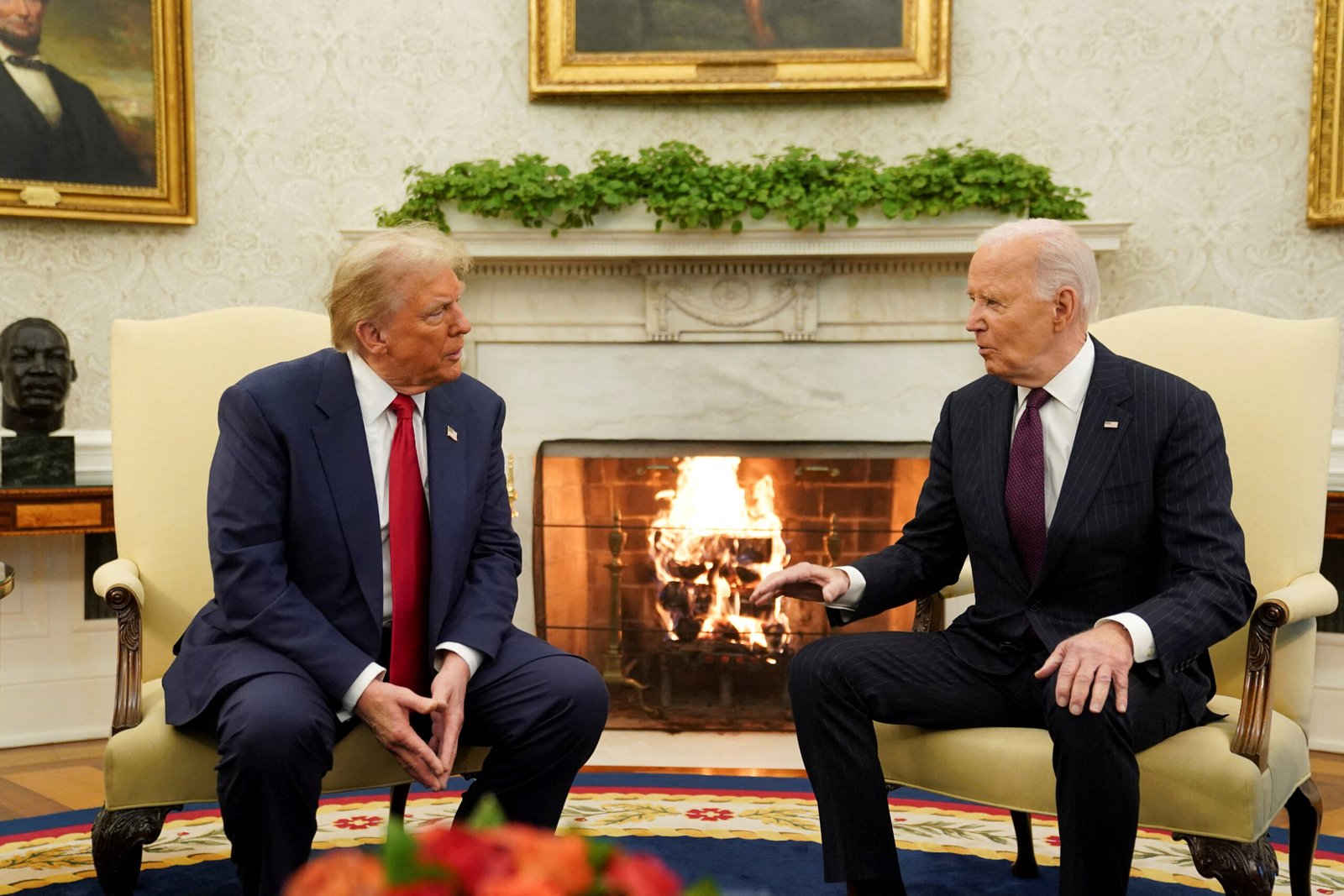Peeps trickle out of a soundproof chamber as its door opens. Female zebra finches are chattering away inside the microphone-lined box. The laboratory room sounds like a chorus of squeaky toys.
“They’re probably talking about us a little bit,” says McGill University postdoctoral fellow Logan James.
It’s unclear, of course, what they are saying. But James believes he is getting closer to deciphering their vocalizations through a partnership with the Earth Species Project. The nonprofit laboratory has drawn some of the technology industry’s wealthiest philanthropists — and they want to see more than just scientific progress. On top of breakthroughs in animal language, they expect improved interspecies understanding will foster greater appreciation for the planet in the face of climate change.
The Earth Species Project hopes to decode other creatures’ communications with its pioneering artificial intelligence tools. The goal is not to build a “translator that will allow us to speak to other species,” Director of Impact Jane Lawton said. However, she added, “rudimentary dictionaries” for other animals are not only possible but could help craft better conservation strategies and reconnect humanity with often forgotten ecosystems.
“We believe that by reminding people of the beauty, the sophistication, the intelligence that is resident in other species and in nature as a whole, we can start to, kind of, almost repair that relationship,” Lawton said.
At McGill University, the technology generates specific calls during simulated conversations with live finches that help researchers isolate each unique noise. The computer processes calls in real time and responds with one of its own. Those recordings are then used to train the Berkeley, California-based research group’s audio language model for animal sounds.
New insights into how animals communicate
This ad hoc collaboration is only a glimpse into what ESP says will come. By 2030, Lawton said, it expects “really interesting insights into how other animals communicate.” Artificial intelligence advancements are expediting the research. New grants totaling $17 million will help hire engineers and at least double the size of the research team, which currently has roughly seven members. Over the next two years, Lawton said, the nonprofit’s researchers will select species that “might actually shift something” in people’s relationship with nature.
Standing to benefit are animal groups threatened by habitat loss or human activity that could be better protected with better understandings of their languages. Existing collaborations aim to document the vocal repertoires — the distinct calls and their different contexts — of the Hawaiian crow and St. Lawrence River beluga whales.
The crows have been brought back to their native Maui after going extinct in the wild for more than 20 years. However, some environmentalists worry that the critical vocabulary has diminished while in captivity. According to Lawton, before the birds return in large numbers to their native habitat, they may need to relearn a few “language.”
The group’s scientists are investigating if machine learning can classify unlabeled sounds from the surviving belugas in Canada’s St. Lawrence River, where shipping traffic endangers the marine creatures that feed there. If officials knew that particular sounds indicated the whales were about to surface, they could be able to warn surrounding vessels, Lawton argued.
The Waverley Street Foundation, a family charity established by the late Microsoft co-founder Paul G. Allen and Laurene Powell Jobs, is one of the major benefactors, as is Reid Hoffman, a co-founder of LinkedIn. Supporting “bottom-up” responses to the “climate emergency” is the goal of the latter. The notion that people should have “dominion” over the globe is at the heart of that dilemma, according to Jared Blumenfeld, president of the Waverley Street Foundation.
According to Blumenfeld, ESP’s efforts serve as a crucial reminder that we are, in fact, guardians of the earth.
He declared, “This is not a silver bullet.” “However, it is unquestionably a component of a group of things that can help change the way we see ourselves in connection to nature.”
‘Exponential takeoff’ in processing calls
Gail Patricelli, a professor of animal behavior at the University of California, Davis who is not involved with the organization, recalls the days when these instruments were considered “pie in the sky.” In the past, researchers had to manually go through terabytes of records and annotate calls for months.
She claimed that the application of machine learning in bioacoustics to speed up that process has had a “exponential takeoff” in recent years. Although she believes that ESP has the potential to create more accurate distinctions in current “dictionaries,” particularly for species that are more difficult to reach, she advised viewers not to ascribe human traits to these creatures.
Considering this research’s high equipment and labor costs, Patricelli said she’s happy to see big philanthropists backing it. But she said the field shouldn’t rely too much on one funding source. Government support is still necessary, she noted, because ecosystem protection also requires that conservationists examine “unsexy” species that she expects get less attention than more charismatic ones. She also encouraged funders to consult scientists.
“It is really costly and there is a lot to learn,” she stated. “Some of these contributors might not care about it, but finding the funds to accomplish this is really difficult.”
To do all of this, the majority of the current work focuses on creating foundational technologies. Recently, a different project detailed the fundamental components of sperm whale speech. But according to AI Research Director Olivier Pietquin, ESP is attempting to be “species agnostic” in order to offer instruments that can distinguish between the speech patterns of numerous animals.
ESP introduced NatureLM-audio this fall, touting the system as the first large audio-language model fit for animals. The tool can identify species and distinguish characteristics such as sex or stage of life. When applied to a population — zebra finches — it had not been trained on, NatureLM-audio accurately counted the number of birds at a rate higher than random chance, according to ESP. The results were a positive sign for Pietquin that NatureLM might be able to scale across species.
“That is only possible with a lot of computing, a lot of data and many, many collaborations with ecologists and biologists,” he said. “That, I think, makes us, makes it, quite serious.”
AI lets scientists see far more
ESP acknowledges that it isn’t sure what will be discovered about animal communications and won’t know when its model gets it absolutely right. But the team likens AI to the microscope: advancements that allowed scientists to see far more than previously considered possible.
Zebra finches are highly social animals with large call repertoires. Whether congregating in pairs or by the hundreds, they produce hours of data — a help to the nonprofit’s AI scientists given that animal sounds aren’t as abundant as the pages of internet text scraped to train chatbots.
James, an affiliated researcher with the Earth Species Project, struggles with the concept of decoding animal communications. Sure, he can clearly distinguish when a chick is screaming for food. But he doesn’t expect to ever translate that call or any others into a human word.
Still, he wonders if he can gather more hints about their interactions from aspects of the call such as its pitch or duration.
“So can we find a link between a form and function is sort of our way of maybe thinking about decoding,” James said. “As she elongates her call, is that because she’s trying harder to elicit a response?”
With funding from Lilly Endowment Inc., the Associated Press partners with The Conversation US to promote its coverage of NGOs and philanthropy. This content is entirely the responsibility of the AP. Go to https://apnews.com/hub/philanthropy to view all of AP’s coverage on philanthropy.
The Associated Press, 2025. All rights reserved. All rights reserved. No publication, broadcast, rewriting, or redistribution of this content is permitted.














